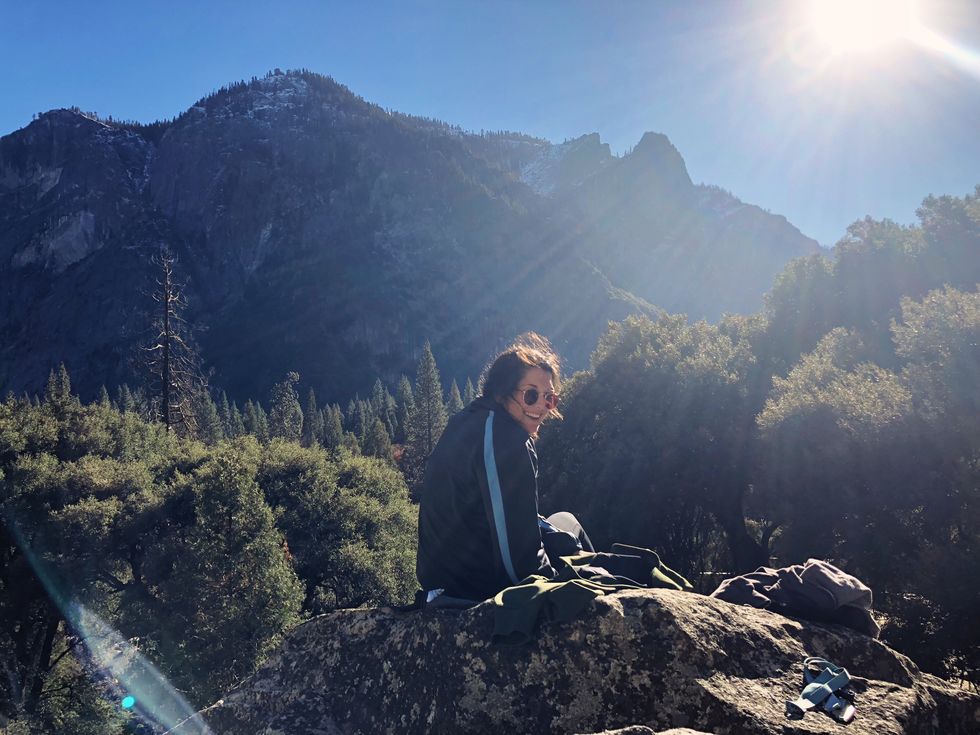NPCA hopes for the sake of our federal workers and public lands that President Trump will work with Congress to pass bipartisan legislation that ends the shutdown and provides improved funding for our national parks and the people who care for them.
We don't want to discourage people from visiting their public lands, but given current conditions, we recommend people consider waiting until parks are fully staffed and safe to visit.
NACP
The United States government shutdown has far-reaching effects across all spectrums. From the loss of jobs to the destruction of wildlife to the absence of FDA inspections, all the way to the deterioration of high-ranking officials--this shutdown needs to end.
But, our national parks are facing one of the most pressing deteriorations in history. Most parks were closed as soon as the shutdown occurred, and the ones who were originally open were later reassessed to close due to potential hazards. Because there are no employees to regulate and maintain the parks, threats of vandals and careless tourists have been brought to light.
In fact, the National Parks Association reports at Joshua Tree National Park, the situation has been especially severe. Vandalism, illegal camping and off-road vehicle use, and extensive trash and human waste led Superintendent David Smith to announce that he would close the park indefinitely, although a press statement from the National Park Service later reversed this decision and declared the park would stay open using previously collected fee revenue. Smith reported on January 8 that vandals had cut locks off of closed entrance gates, killed Joshua trees and driven vehicles illegally inclosed parts of the park, creating new roads through pristine desert areas.
In addition to these obvious threats, we must remember that search-and-rescue efforts are much less staffed. In one example,
"In one case at Yosemite, a hiker died from a fall after chasing his dog on a trail near Nevada Fall. Had staff been on duty at the time of the incident, as is normally the case, rangers very likely would have prevented the visitor from taking his dog on the trail. The investigation into the hiker's death has been delayed and no press statement was issued, both due to staffing shortages."
NPCA
So, while exploring these parks please beware that safety is not ensured while this stubborn shutdown is still persisting! In addition, there are problems with human waste and overflowing toilets. There have also been instances of debacles over campsites and a general disregard for others.
The shutdown also affects the history of these parks. Putting the records of these parks at a standstill there is a halt to significant long-term scientific research, including a 60-year study of wolves and moose at Isle Royale National Park, which recently led Park Service staff to reintroduce wolves to the park, as well as the longest continuous water quality study in a U.S. national park, which has monitored streams in the Shenandoah National Park watershed since 1979. Economically, the park service estimates that they are losing $400,000 from entrance fees per day. In addition, NPCA estimates that on an average day in January, 425,000 park visitors spend $20 million in nearby communities.
How will we fix this?
Because we are unable to snap our fingers and end this shutdown, here are some ways to stay active:
The first is to give today. Whether it is to the NPCA or an unaffiliated organization such as the parks project. These funds will be able to provide clean up efforts once parks reopen. A second way is to stay involved and call your local senators and congresspeople to let them know how you feel about the shutdown! Also, it is important to sign up for information about volunteer efforts to help these parks. Before you travel to one of our parks in the near future, keep these in mind.
Jacqueline






 The minimum wage is not a living wage.
StableDiffusion
The minimum wage is not a living wage.
StableDiffusion
 influential nations
StableDiffusion
influential nations
StableDiffusion












